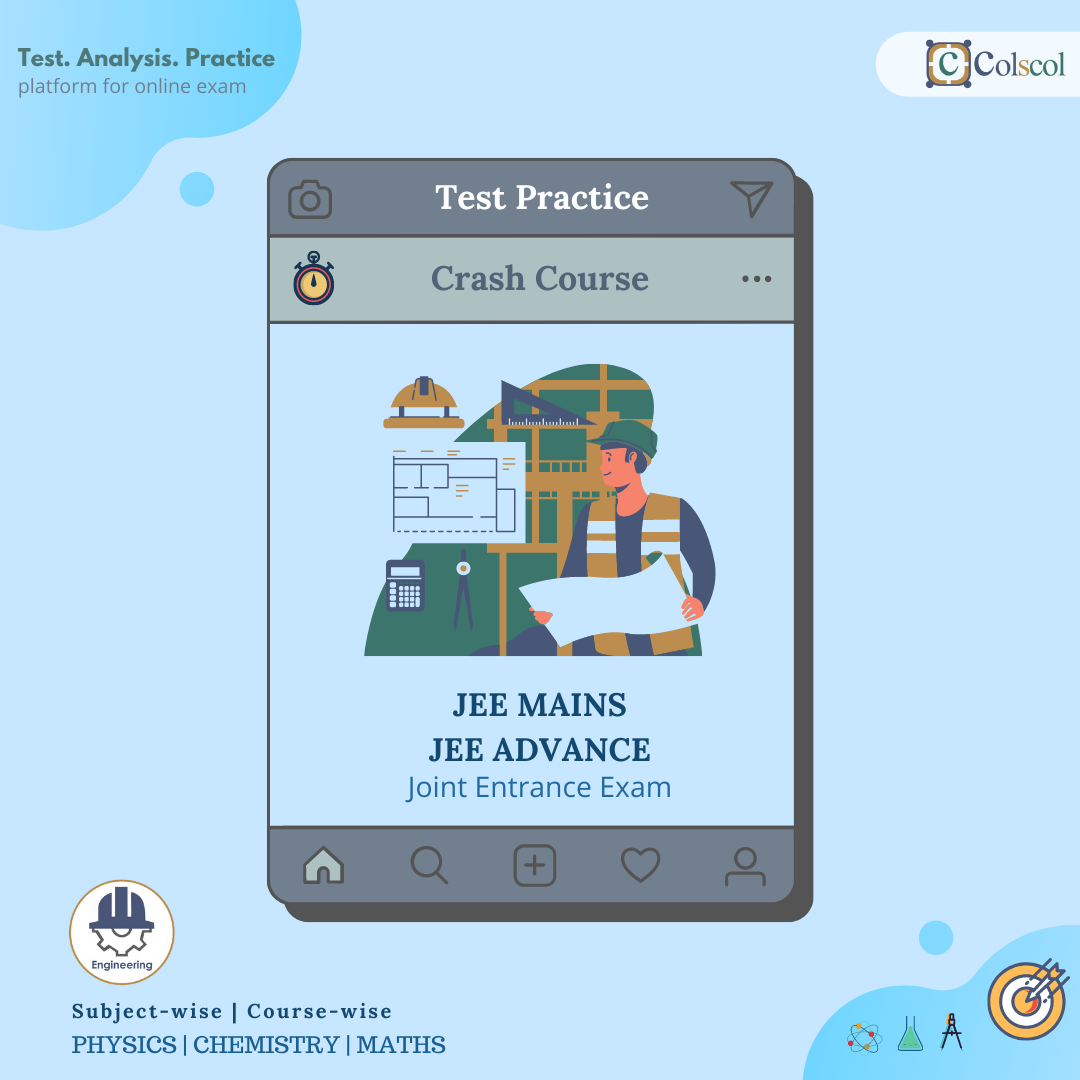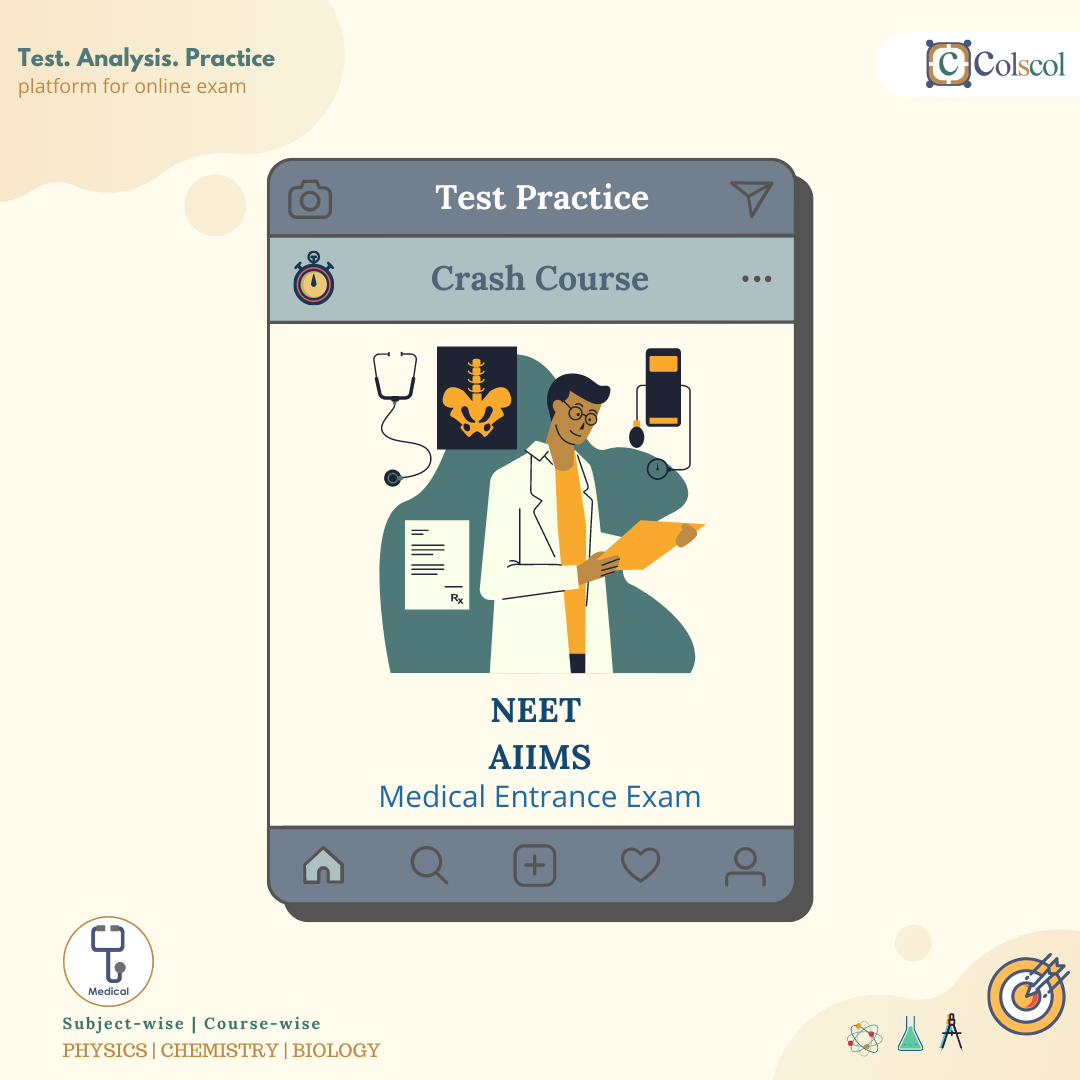CBSE syllabus always maintains a sta and If a student has trouble understanding a topic related to science, the student can go through questions and answers related to each topic covered in Class 8 Biology.
Some of the topics Covered include :
TOPICS
- Crop Production and Management
- Microorganisms: Friend And Foe
- Conservation of Plants and Animals
- Cell- Structure and Functions
- Reproduction In Animals
- Reaching The Age Of Adolescence
1.A. Agricultural Practices
1.B. Basic Practices of Crop Production
1.C. Preparation of Soil
1.D. Sowing
1.E. Adding Manure and Fertilizers
1.F. Irrigation
1.G. Protection from Weeds
1.H. Harvesting
1.I. Storage
1.J. Food from Animals
2.B. Where do Microorganisms Live ?
2.C. Microorganisms and Us
2.D. Harmful Microorganisms
2.E. Food Preservation
2.F. Nitrogen Fixation
2.G. Nitrogen cycle
3.B. Consequences of Deforestation
3.C. Conservation of Forest and Wildlife
3.D. Biosphere Reserve
3.E. Flora and Fauna
3.F. Endemic Species
3.G. Wildlife Sanctuary
3.H. National Park
3.I. Red Data Book
3.J. Migration
3.K. Recycling of Paper
3.L. Reforestation
4.B. The Cell
4.C. Organisms show Variety in Cell Number, Shape and Size
4.D. Cell Structure and Function
4.E. Parts of the Cell
4.F. Comparison of Plants and Animals Cells
5.B. Sexual Reproduction
5.C. Asexual Reproduction
6.B. Changes at Puberty
6.C. Secondary Sexual Characters
6.D. Role of Hormones in Initiating Reproductive Function
6.E. Reproductive Phase of Life in Humans
6.F. How is the Sex of the Baby Determined ?
6.G. Hormones other than Sex Hormones
6.H. Role of Hormones in Completing the Life History of Insects and Frogs
6.I. Reproductive Health



